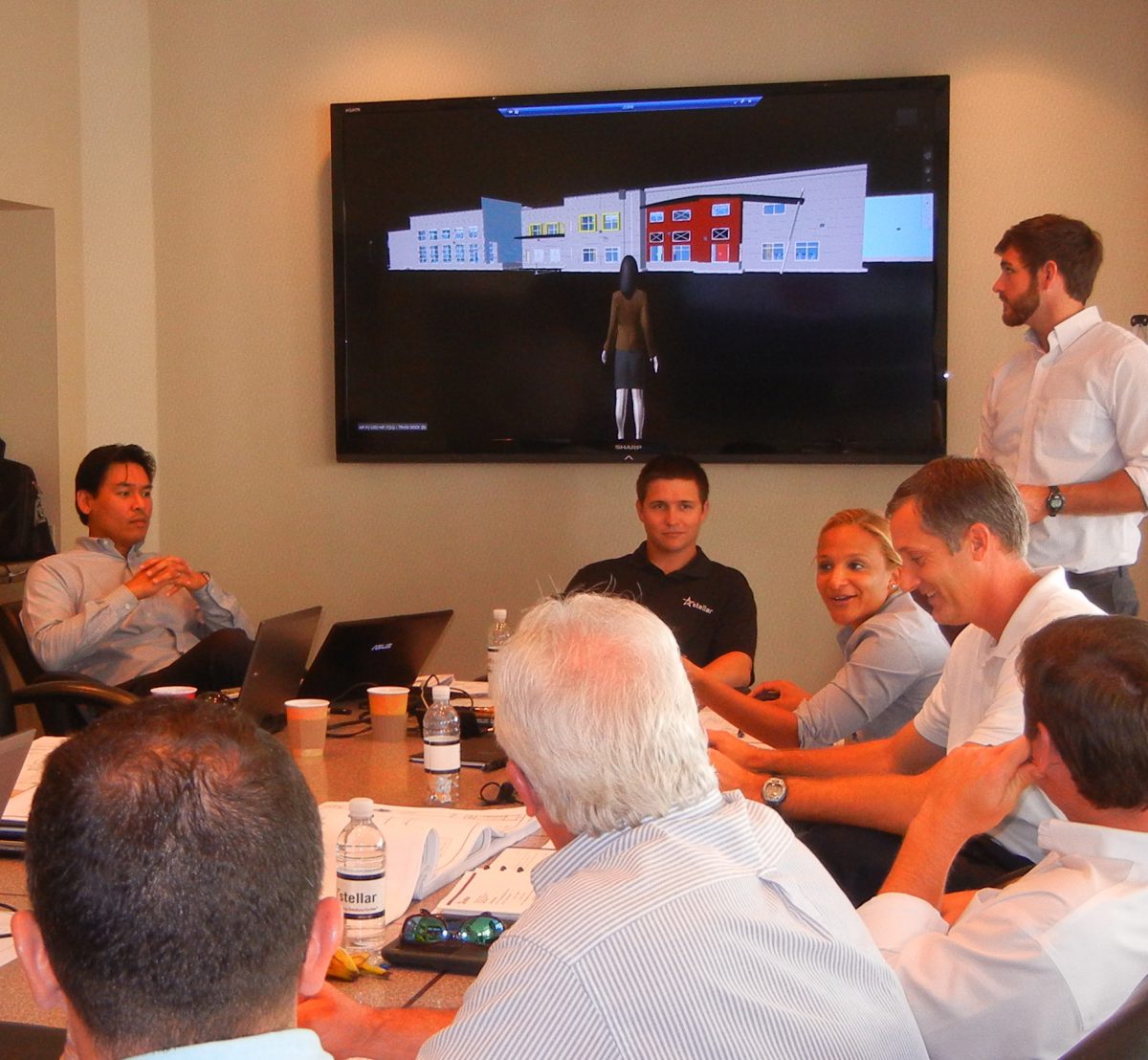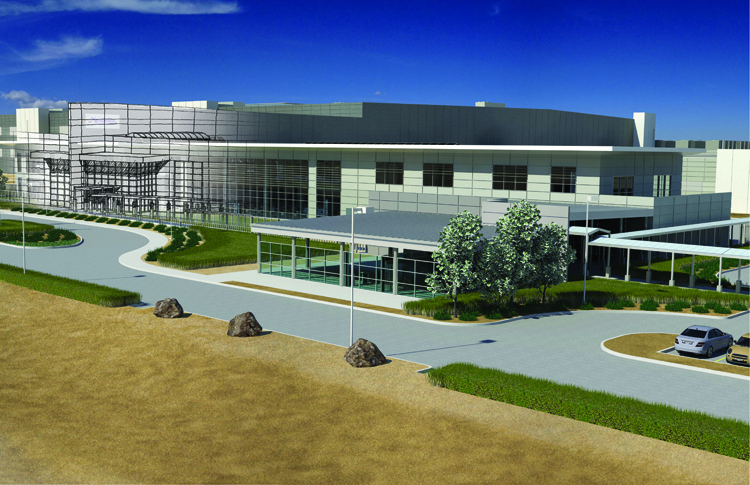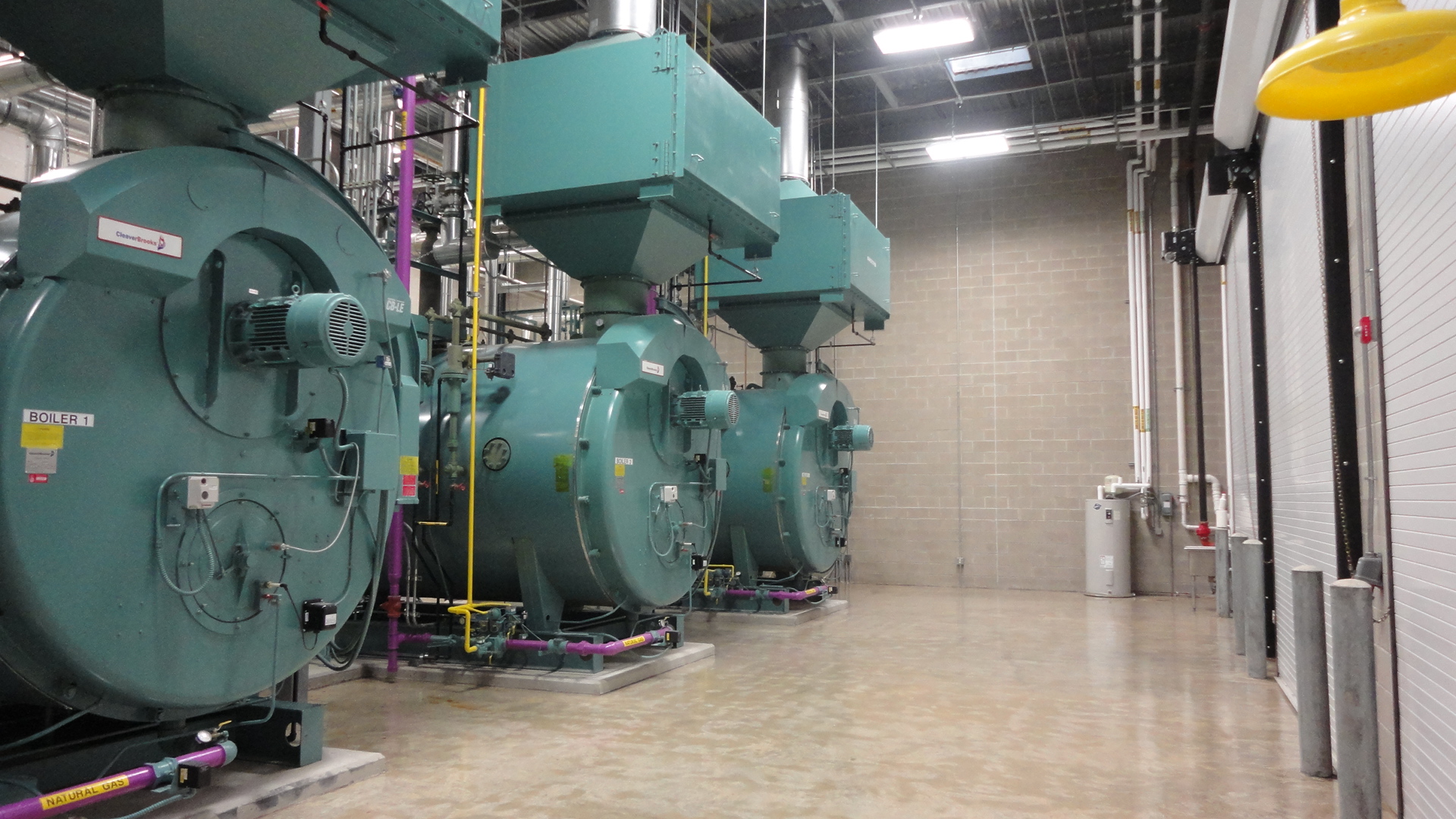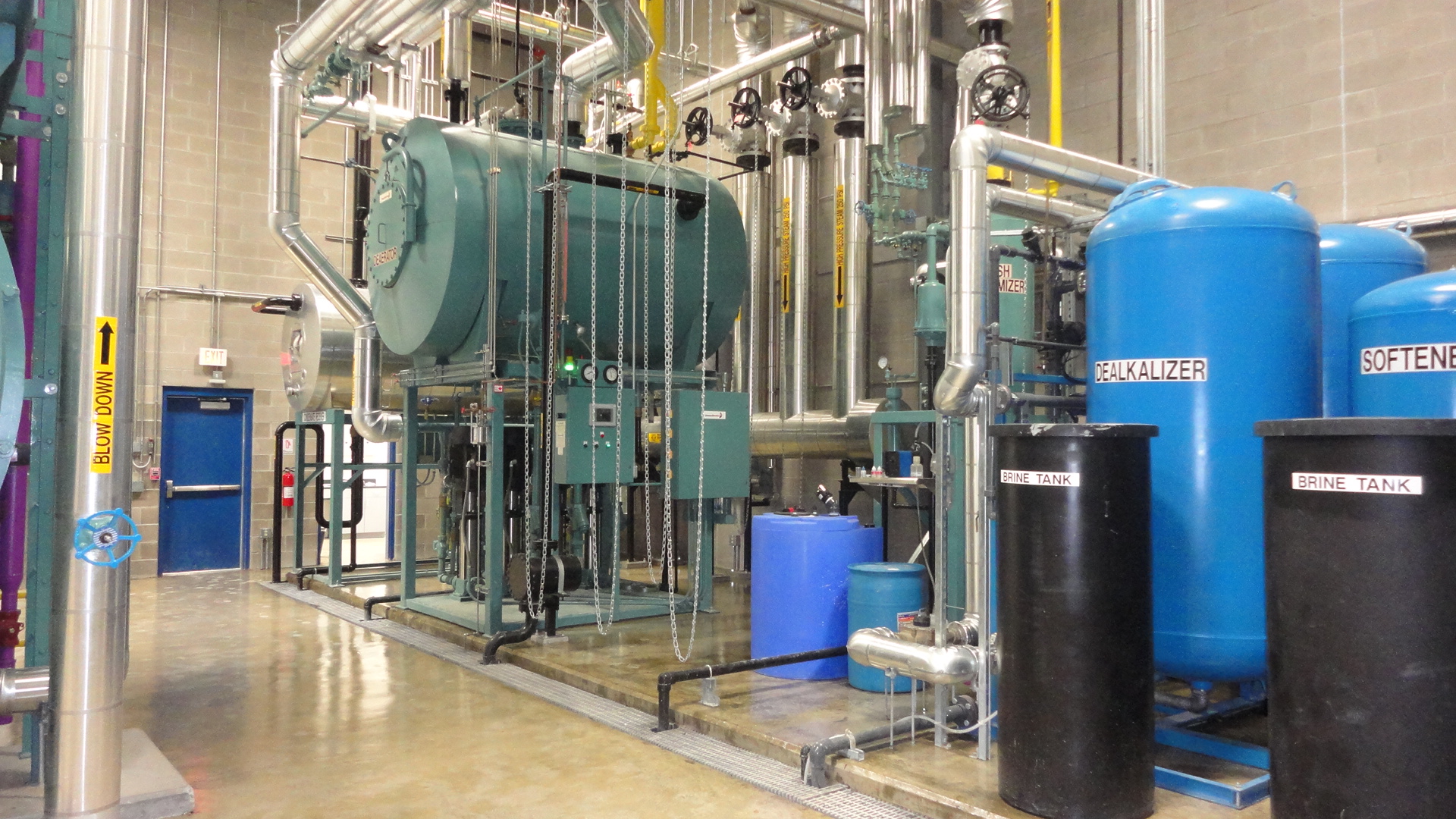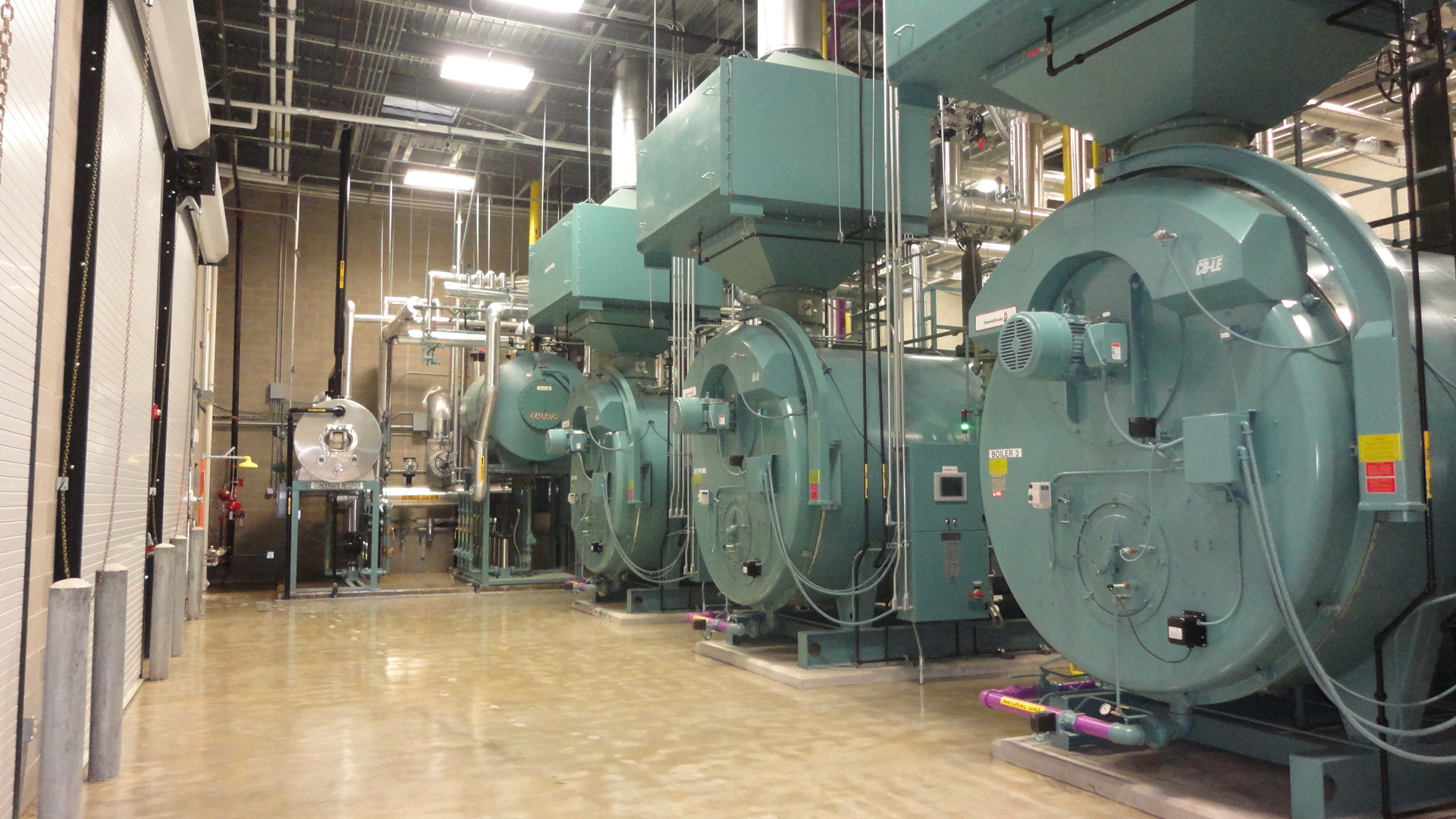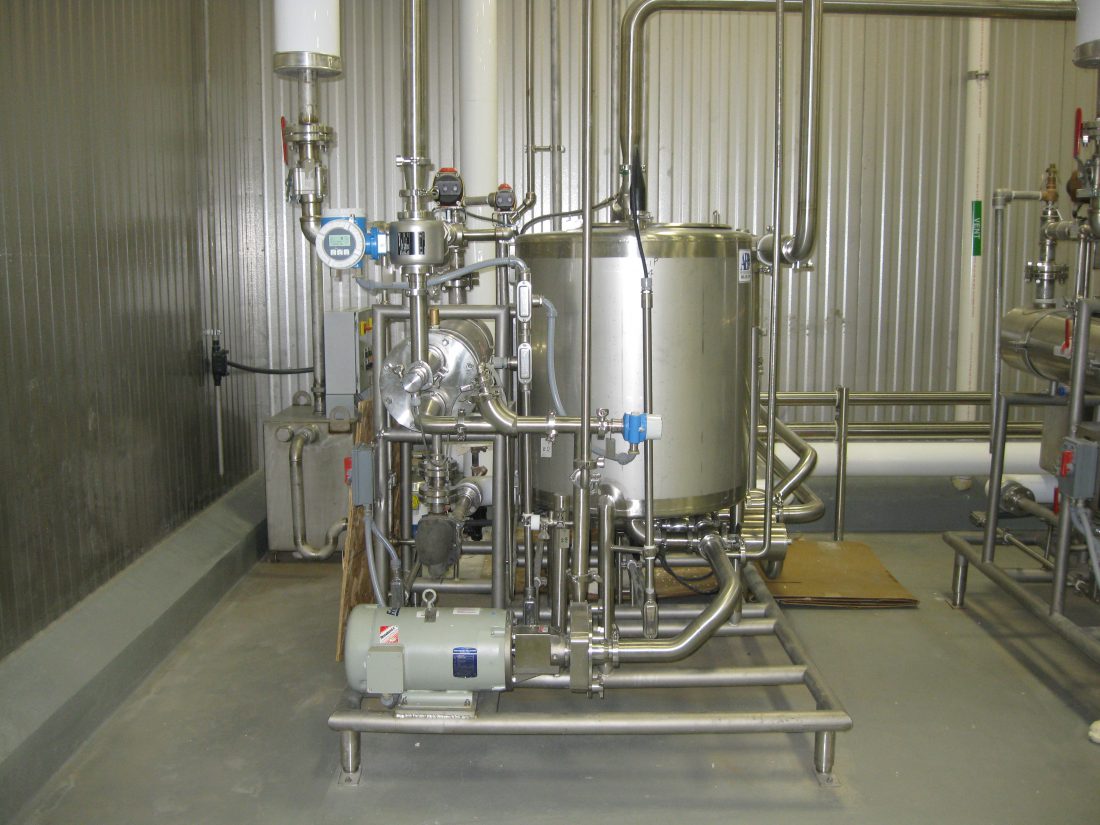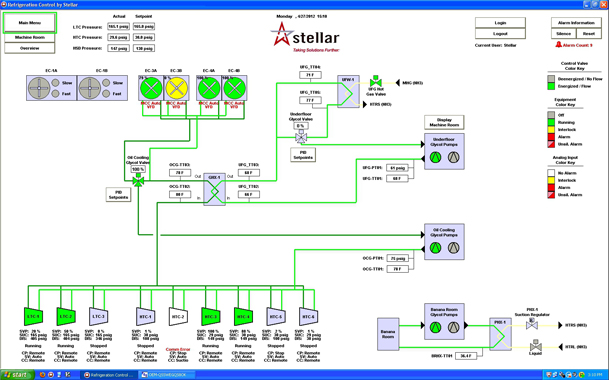Four Ways BIM Allows Food Facilities to Make Better Decisions During Design Review
When performing a design review, BIM gives all of your food processing plant’s stakeholders — operations, maintenance, safety, and engineering teams — an opportunity to explore the facility in a three-dimensional mode. Viewing the design in this 3D model helps visualize the building space so owners can make more informed decisions in these areas:




